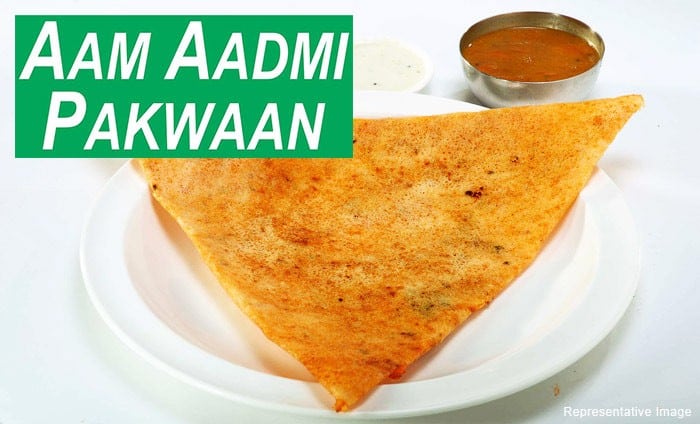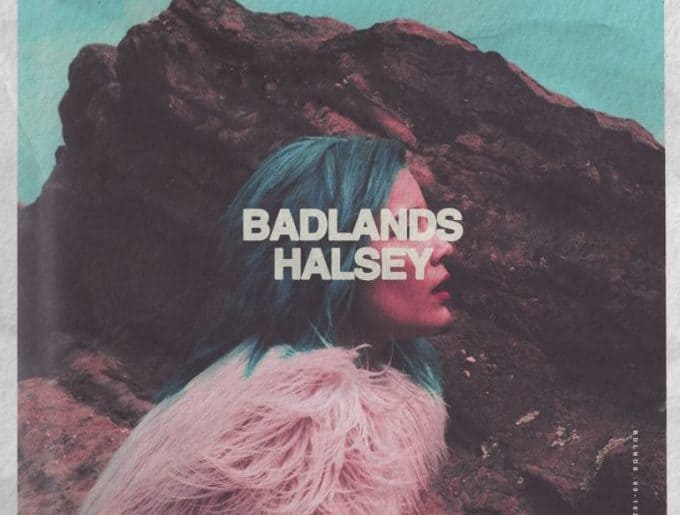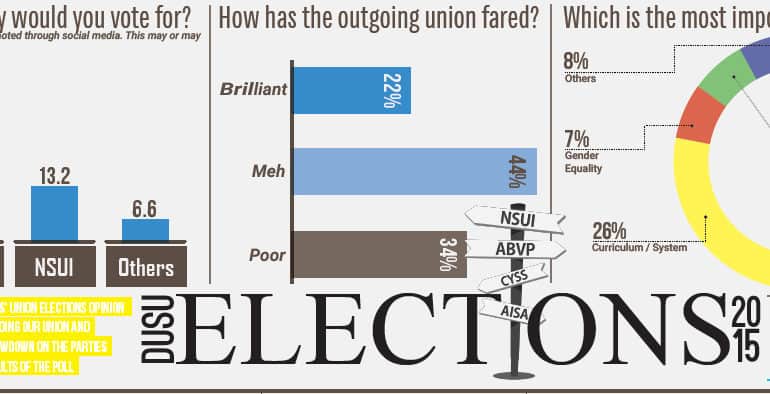North Campus just found its own ‘mummy ke haath ka khaana’ food joint. Aam Aadmi Pakwaan is easy to find as it is right in the heart of Kamala Nagar, in the lane behind Adidas. The board lit with neon lights welcomes the customers with a friendly offer of free Wi-Fi along with Bollywood music which adds to a homely experience of eating. Though the choice of music can be diversified, the interior is humble and so is the whole atmosphere in the restaurant.
Aam Aadmi Pakwaan lives up to its name in all its essence. The menu consists of all vegetarian Chinese and South Indian items coupled with a few snacks. It is a quiet place where you can go to have a peaceful time with nominal prices. We were expecting a lot and we definitely got what we wanted.
What we ordered: Fresh Lime Soda, Cappuccino, Crispy Baby Corn, Utthapam, American Chopsuey and Spring Roll
The drink that we ordered first off was lime soda, which had spot mix of sweet and salt and wasn’t short on ice. It was tangy too and the best thing about it was the hint of lemon zest around the edges of the glass. Then we proceeded to order Chilly Baby Corn which easily proved to be the best part of the whole meal, though more variety sauces would make it wholesome. The quantity was more than decent and could make your low appetite belly a repository for food. In the main course, we ordered Uttapam which arrived in a big plate complete with sambhar and the famous coconut chutney coupled with the ginger and mint sauce in the preparation time of 5-6 minutes. The subtle hint of spice and other flavours were just right and it could easily be compared to home cooked food with its light texture.
The cappuccino was next. It had a nice, earthy flavour like the one you can get at a hillside coffee shop in Himachal Pradesh. The aroma was sincere and reeked of coffee extract. We decided to try different cuisines and we narrowed down to authentic Chinese food. Well somewhat hybrid, because we ordered American Chopsuey next. The sauce startled one of our correspondents who belonged from Calcutta and had a palette for tasty Chinese food. The texture of the chowmein in the chopsuey was nice. Next we laid our hands on the spring roll, which was decent, consistent, well cooked, spiced and tasty. There was no doubt about the authenticity of the place.
We also ordered a chocolate brownie, which was decent too. Each and every component in the meal was cooked with love and conviction and the humble atmosphere spoke wonders about the honesty of the restaurant.
After our sumptuous meal, we had a word with the owner who gave us a bag of surprises. He was young and friendly and had a humble chat with us. He handed over to us some loyalty cards, which can help us get discounts the next time we came to eat. He also told us about the 200 rupees per head party packages. So in case you have a freshers’ party planned out, this is the place to be. It has free home delivery services in and around North Campus, open 7 days a week and provides hefty discounts to students.
All in all, Aam Aadmi Pakwaan is a humble place offering food with a touch of homely cooking at outrageously nominal prices. The price came out to be roughly 200 per person inclusive of drinks and desserts. The place is student friendly, the atmosphere is great and the taste is ecstatic. It truly is a place for the aam aadmi of DU.
Image Credits- magicpin.in
Ishaan Sengupta [email protected]
Tarushi Verma [email protected]
]]>














